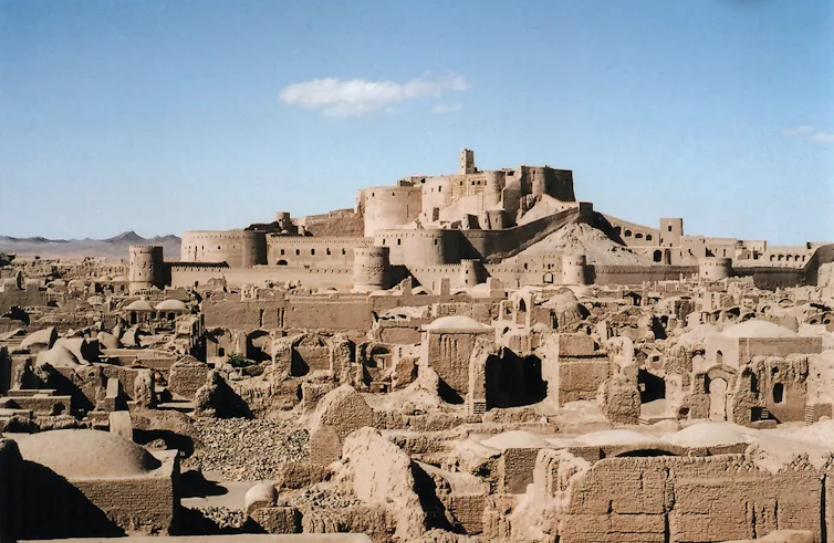Earth has been used as a building material for at least the last 12,000 years. The huge variety in earthen architecture – which encompasses everything from defensive, religious and elite structures to everyday housing – reflects local geographies, geologies and climates. There are adobe structures in the American south west and mud bricks of Mali’s grand mosque in Djenne. Rammed earth or “pise” was used in both Yemen’s 11th-century tower houses and 17th-century farm buildings in Switzerland. The use of cob stretches from the Great Wall of China to 16th-century houses in south-west England. And turf is characteristic of traditional Scottish, Icelandic, Norwegian, Irish, Greenlandish and Faroese buildings. Used elsewhere as mortar, render, plaster and wall infilling, earth is a resilient material.
These building cultures are uniquely adapted to their locality. In seismic regions in South America and north Africa, in particular, horizontal timbers, fibers or netting are often incorporated to resist the displacement and lateral movement and reduce damage.
In Morocco, both single story and multi-story houses are constructed from mud brick, rammed earth, stone and timber. More recently breeze block has been added into this architectural mix. The thermal properties of earth ensure these traditional buildings stay cool in the height of the summer.
There is a long history of earthen buildings, and traditional construction methods, being labelled as “primitive,” which is often wrongly equated with inevitable destruction. In colonial accounts of discovery, this characterization was used as a tool to discredit indigenous cultures and justify what was thought to be the “civilizing” influence of colonization.
When the knowledge and skills required to look after historic buildings, or build new ones using traditional methods is lost, the structures in question become more vulnerable. They can either suffer from inadequate maintenance or alterations – such as replacing earth plaster with concrete render – which makes them weaker. Repairs from earlier seismic events have not always been made because the loss of traditional skills means no one knows how to do it properly. This can set in motion a negative cycle where structures are then much more vulnerable in subsequent seismic events.
Following the 2023 Turkey-Syria earthquake, experts ascribed the extensive damage to recent construction in concrete, steel and brick, that had been undertaken without regard to building codes, not to mention the region’s traditional building culture.
 After the 2003 earthquake in Bam, Iran, in which 90% of the urban fabric was damaged and 34,000 people died, there was, similarly, intense scrutiny of the traditional building culture. Yet subsequent studies revealed that the traditional earth buildings, had in fact fared much better than recent restoration work and more modern buildings of breeze block and cement.
After the 2003 earthquake in Bam, Iran, in which 90% of the urban fabric was damaged and 34,000 people died, there was, similarly, intense scrutiny of the traditional building culture. Yet subsequent studies revealed that the traditional earth buildings, had in fact fared much better than recent restoration work and more modern buildings of breeze block and cement.
You can read the original article at yahoo.com

Haters like scapegoating alternative building materials! Not to mention, most people who decry these natural materials likely live in buildings made of flimsy artificial materials that won’t last 50 years, let alone 500 years!
If soil and dirt based construction is so weak, how can in Yemen and a few other countries, is it used for creating buildings as with as many as ten storeys? Yes, some traditional earthen houses in Yemen and a few adjacent countries have 6 to 10 floors, and the originals were built the best part of a thousand years ago, predating the earliest modern highrises by at least 800 years!
In chile, they wire through the old adobe walls, remesh on each side, stucco each side, and make a composite material in an earthquake zone